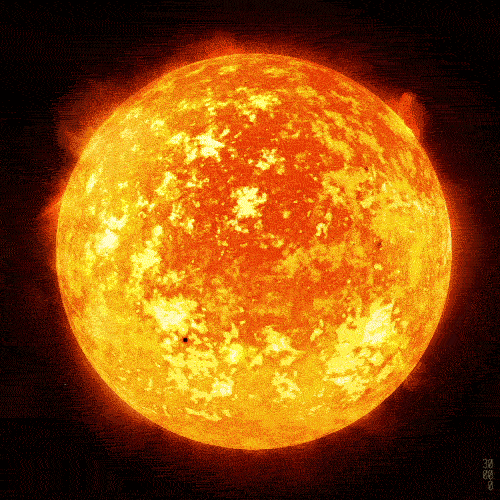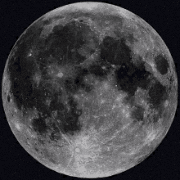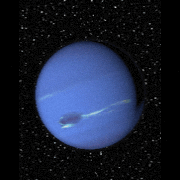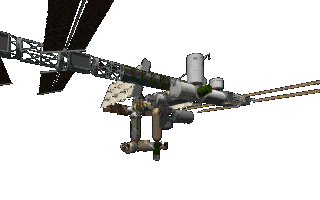People have reported sightings of glowing spherical objects that appear to enter the atmosphere,
hover or come to a near stop, then accelerate sharply sideways at high speed.
Key points and context:
What witnesses describe.
Appearance: small-to-medium, bright/glowing orb, sometimes white, orange, or multicolored.
Behavior: apparent controlled deceleration or hovering after atmospheric entry, then sudden lateral acceleration (“zipping off”) often described as near-instant and at very high apparent velocity.
Settings: observations from aircraft, ships, coastal areas, or ground; sometimes captured on drone, military, or phone video.
Sensory cues: little or no sonic boom or visible shock, occasional secondary glowing fragments or trails.
Official and investigative responses.
Military and government bodies (AARO, navies, air forces) have recorded and investigated some incidents; a few videos have been publicly released at hearings or in news reports.
Some cases were treated as unidentified aerial phenomena (UAP) pending analysis; others were later explained as balloons, meteors, lens artifacts, or camera-parallax illusions.
Plausible explanations investigators cite.
Atmospheric/optical effects: parallax, perspective, exposure bloom on sensors, lens flares, and imaging artifacts that make slow objects appear to move extremely fast.
Conventional objects: balloons (including research or covert payloads), reentering space debris or meteorites that break up producing glowing fragments, drones with lights.
Sensor/processing issues: auto-exposure, motion blur, compression artifacts, and frame-rate aliasing can misrepresent speed and motion.
Misidentification of military or experimental craft — though extraordinary performance claims (e.g., surviving missile impact) lack confirmed public technical explanation.
Some incidents remain unexplained after investigation.
High-profile related examples.
“Orb” footage shown in U.S. congressional UAP hearings (including a 2024/2025-referenced MQ‑9/drone clip reportedly showing a missile impact on an orb that didn’t behave as expected). Media coverage and expert commentary emphasized both the unusual imagery and alternative explanations like sensor artifacts or misinterpretation.
Past cases like the “Go Fast” and “Gimbal” videos, which prompted official reviews; at least some were later explained by authorities (e.g., balloon/parallax) or remain contested.
Why eyewitness/video reports can be misleading.
Estimating speed and distance from single-camera views is notoriously unreliable without reference points.
Human perception can misinterpret motion in the sky, especially at twilight or with bright point sources.
Military sensors and compressed public video can exaggerate apparent capability.
What to treat skeptically.
Claims of instantaneous lateral acceleration far beyond known physics without corroborating radar, multisensor, or recovered debris evidence.
Single-camera footage with no metadata, range data, or independent tracking.

















